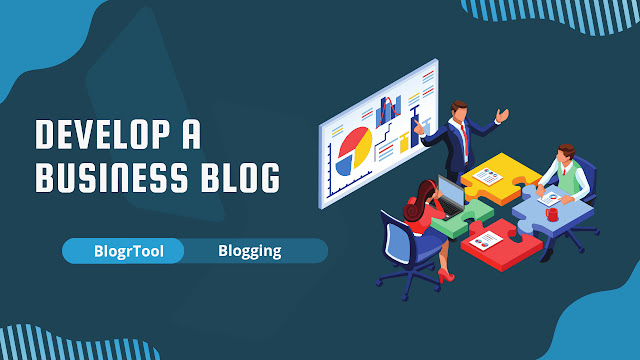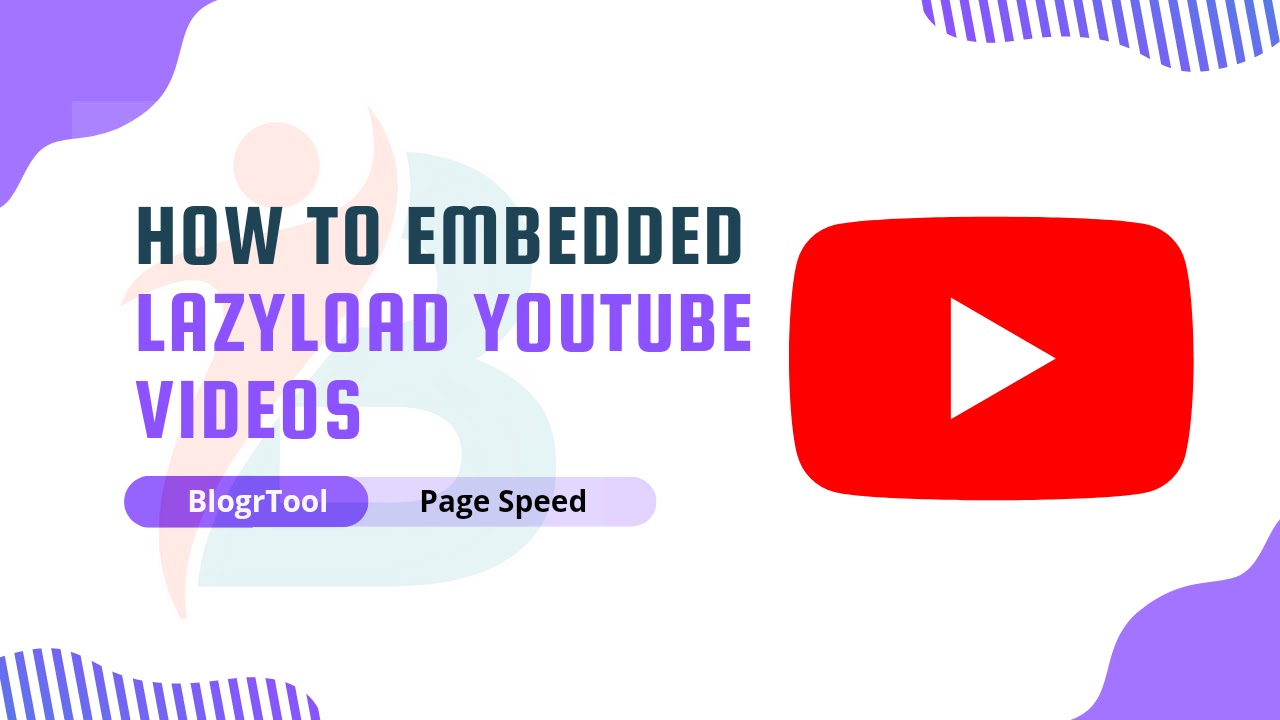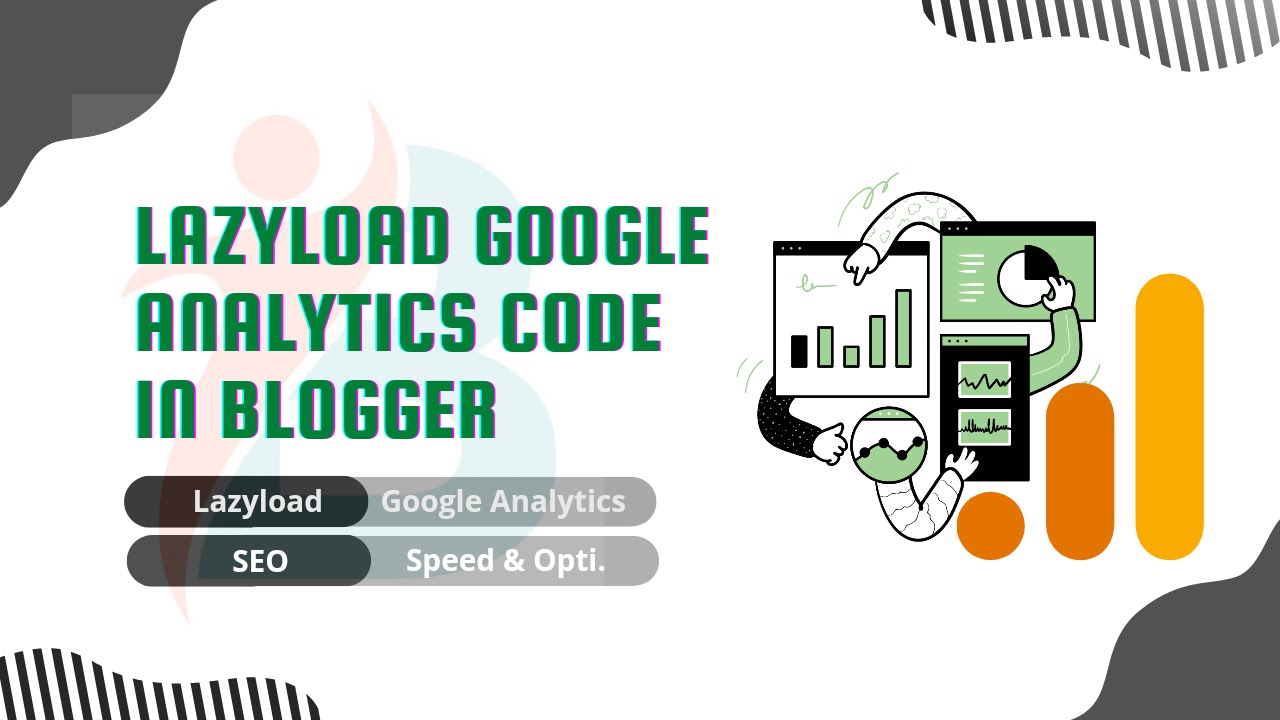How to Develop A Business Blog
There are many ways to make money online, and starting a blog is one of them. Starting a blog is a good business idea because it doesn't cost much to get started and is easy to set up. You can do it as a side job or as your full-time job.
If you want to know how profitable blogging can be, consider that new bloggers can make between $500 and $2,000 per month in their first year.
 |
| How To Develop A Business Blog |
In this article, we'll talk about all the important steps you need to take to start a blog and give you tips on how to get more readers, build credibility, and make money from your blog.
1. Find Your Niche and Target Audience
A niche is the type of topic you will write about on your blog. It can help you write better content by letting you target the right audience and figure out the best ways to promote your blog. Think about your interests, past experiences, or even your favorite blogs to figure out what niche you want to go into.
Then, use tools like Google Trends to see if your target niche is in demand. Finding a profitable niche is important if you want to make money online quickly and easily. The less people who look for your niche, the harder it can be to make money from it.
Use tools like Semrush and Ahrefs to find out more about how well your blog niche makes money and how much competition there is in the market. These help you find out what your competitors are writing about and what keywords you should use in your own blog.
2. Choose the Right Blogging Platform
The next step is to find the right blogging platform to help you keep track of everything you do on your blog, from making content to publishing it. You will need a platform with an easy-to-use interface for this.
Look for a platform for blogging with a drag-and-drop editor. This makes it much easier to change things like pictures, text, and icons on a website. Also, the platform should have a lot of pre-made templates that you can use to make your website look and feel even more like you.
WordPress is a great platform for blogging. This very popular content management system (CMS) is a top choice for many beginners who want to create, manage, and publish blog content. With so many themes and plugins, you can build a WordPress blog that fits your needs and improves its look and functionality as a whole.
3. Choose Your Hosting Plan and Domain Name
Through web hosting, a web host puts your blog online so that people can read it. It gives you things like the server, bandwidth, SSD storage, and databases that your site needs to run well.
Choosing a reliable hosting provider is important because it has a big impact on how stable and safe your site is. When choosing a web host, keep the following things in mind:
Speed : A web page shouldn't take more than three seconds to load, if at all possible. Choose a hosting service that speeds up page loads with a content delivery network (CDN). A CDN will load your content from the server that is closest to your users, no matter where they are.
Security : Check to see if a web host gives you a free SSL certificate, a strong firewall, and backup options. Regular backups help you get your data back if you delete it by accident or if your host's server is hit by a cyberattack or a natural disaster.
Ease of use : A control panel that is easy to use will make it easier for you to manage your hosting account and website files. Before you choose a web host, watch a tutorial or try a demo.
Affordable hosting plans : Look at a hosting plan's price, features, and benefits to help you decide which one is best for your blog. Choose a web host that gives you a 30-day money-back guarantee so you can try their services without taking any risks.
Customer Support : You will want a web host that has customer service available 24 hours a day, 7 days a week. Make sure there are several ways to get in touch, like live chat, email, and phone calls.
You will also need a domain name, which is a unique name for your blog and acts as your digital address. Choose a web host that lets you register a domain name for free as part of a hosting plan.
When choosing a domain name, it's best to keep it simple and easy to remember so that people can say and type it with ease. Think of words that are related to the topic of your blog, or use a domain name generator.
Then, use WHOIS to see if your URL address is still free. If someone else has already registered the domain you want, the easiest thing to do is change the domain name extension to something like .net or .xyz.
4. Customize Your Blog
Your visitors will be impressed as soon as they land on your homepage if your blog is well-designed, easy to use, and mobile-friendly. Use the right layout, color scheme, and fonts to show off your blog's unique style. Then, use Google's Mobile-Friendly Test Tool to see if your blog's design works well on mobile devices.
To avoid hurting the user experience and making your blog look unprofessional, get rid of any extra buttons or icons, ads that don't make sense, and large blocks of text. Also, make it easy for people to find their way around by dividing your pages into categories and including a search bar.
5. Plan Your Content Strategy
With a good content strategy, you won't run out of ideas for blog posts or lose the drive to keep your blog up-to-date. Use an editorial calendar to help you organize your content plan and keep writing and publishing new articles on a regular schedule.
Your competitors' strengths and weaknesses can also help you plan and make content. Read their most popular articles to see how they get people interested. This helps you figure out what your blog needs to change or stop doing.
6. Start Writing Blog Posts
Now is the time to start writing blogs. Making an outline for a blog post can help you write faster and more efficiently. It lets you put together a post that flows well and makes sense. A clear outline can help you organize your thoughts and keep you from getting stuck.
Use clear headings, bullet points, and relevant visuals to break up your text and make it easier to read. Make sure to only use original images or images that you can use without paying a fee. Also, make your posts easier to understand by writing in plain English. Use an online text editor like the Hemingway App, which will mark any sentences that are too hard to understand.
Also, make sure to proofread each blog post after you write it. Fix grammar, spelling, and punctuation mistakes with tools like Grammarly. Then, use a plagiarism checker like DupliChecker or Quetext to make sure that your content is unique.
7. Optimize Blog for Search Engines
Use search engine optimization (SEO) to make content that ranks well on search engines. This will help you run a successful blog. A great SEO tip is to use relevant keywords in the titles, meta descriptions, and headings of your blog posts. To improve your strategy, use free keyword research tools like Keyword Planner or WordTracker.
Make sure to use all of your target keywords in your content in a natural way. We also suggest using long-tail keywords because there is less competition for them on search engine results pages (SERPs). Use Google's Autocomplete feature or look through online forums like Quora or Reddit to find out what people are specifically looking for.
8. Launch and Promote the Blog
In this step, you'll make sure that your blog gets the attention it deserves. Use social media sites like Twitter, Facebook, Instagram, and LinkedIn to spread the word about your posts. To get a steady flow of traffic, make high-quality, useful content that solves the problems of your target audience.
Also, think about working with other bloggers in your niche by letting them post on your blog. For this, you need to write for another website so you can get a backlink. Work with reputable blogs that have a large number of readers, and read what they've written to help you come up with new, interesting content.
9. Start Monetizing the Blog
Using ways to make money can help a personal blog make money. If you want to start making money from your blog, you might want to try the following:
Advertisements : Earn money from your site by selling advertising space. Register with Google AdSense to connect with advertisers.
Sponsored Posts : Get in touch with well-known companies in your niche and let them know you're interested in reviewing their products.
Affiliate Marketing : For this way to make money, you need to write a blog post with a link to a specific product or service. When someone clicks on your link and buys something, you'll get a commission.
Online Store : By directly selling physical goods, eBooks, or online courses on your website, you can create a profitable blog.
10. Track Blog Performance
Monitoring the effectiveness of your blog will help you see which of your content and promotion techniques needs work. Utilize Google Analytics data to gain more understanding of your visitors and audience. In addition to being free, the program also allows for simple installation on the majority of blogging sites.
Let's examine some of the most crucial Google Analytics indicators to monitor:
Visitors : Keep track of how many people visit each month. If you see a big drop, you should start looking at your SEO and marketing strategies again.
Bounce Rate : This shows how many people visit your site and then leave without doing anything. Most likely, it's because users can't find what they're looking for or have waited too long for your site to load.
Average Session Duration : This metric tells you how long a user spends on your site on average. If you have good content, people are more likely to stay longer.
Exit Pages : Look at this metric to help you figure out why people leave a page. If they leave as soon as they get to your search page, it's likely that they couldn't find what they were looking for.
Traffic Sources : People can get to your blog by typing your domain name into the address bar of their browser or by finding it in other places, such as social media. By finding out where most of your visitors come from, you can make changes to your strategies to get more people to come from a certain channel.
Conclusion
Through reading this article, you now know that blogging is a good way to make money online. But keep in mind that it will take dedication and hard work to get the results you want.
To sum up, here are 10 steps you can take to start a blog business:
- Find your niche and target audience.
- Choose the right blogging platform.
- Choose your hosting plan and domain name.
- Customize your blog.
- Plan your content strategy.
- Start writing blog posts.
- Optimize your blog for search engines.
- Launch and promote your blog.
- Start monetizing your blog.
- Track blog performance.
We hope that this article will help you get started with blogging. If you have any questions or tips to share, feel free to leave a comment. Good luck!






